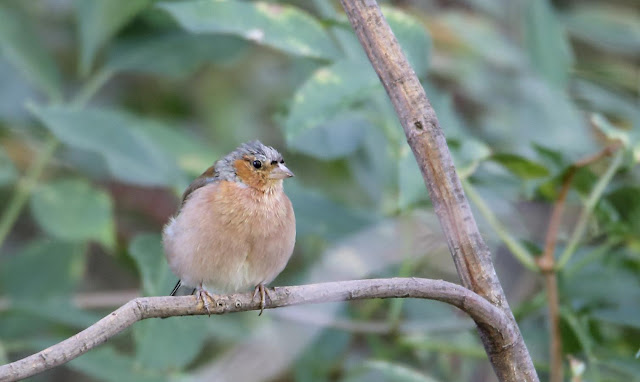En el siguiente enlace podéis ver nuestros próximos viajes nacionales y al extranjero. Espero que os gusten.
Próximos viajes. Next trips.
Hola una vez más.
Hello again.
En esta ocasión os muestro algunas aves que vimos en una excursión al Parque Nacional de la Sierra de Guadarrama.
On this occasion I show you some Birds that we saw on a trip to the Sierra de Guadarrama National Park.
El principal objetivo del viaje era ver y fotografiar a los escurridizos mirlos acuáticos europeos (Cinclus cinclus) y de paso a los verderones serranos (Serinus citrinella) y a los piquituertos comunes (Loxia curvirostra).
The main target was to see and photograph the elusive European Dipper and in lesser extent Citril Finches and Common Crossbills.
El mirlo acuático europeo (Cinclus cinclus) vive asociado a los torrentes y ríos de montaña aunque también se les puede encontrar, en menor medida, en lagunas de montaña. Su preferencia por las aguas limpias y no contaminadas lo ha convertido en un bioindicador de la pureza del agua.
The European Dipper lives associated with the torrents and mountain rivers although they can also be found, to a lesser extent, in mountain lagoons. Its preference for clean and unpolluted water has made it a bioindicator of water purity.
Antes de llegar a nuestro punto elegido para ver a los mirlos acuáticos europeos (Cinclus cinclus) hicimos una parada a ver si podíamos ver las otras dos especies elegidas. En la foto piquituertos comunes (Loxia curvirostra).
Before arriving at our chosen spot to see the European Dippers we stopped to see if we could find the other two chosen species. In the photo Common Crossbills.
Vimos bastantes.
We saw quite a few.
También tuvimos suerte con los verderones serranos (Serinus citrinella).
We also lucked out with the Citril Finches.
Son muy bonitos.
They are very beautiful.
Pinzón vulgar (Fringilla coelebs) macho.
Male of Common Chaffinch.
Hembra de ánade azulón (Anas platyrhynchos).
Female of Mallard.
Y por fin uno de los mirlos acuáticos europeos (Cinclus cinclus) que vimos.
And finally one of the European Dippers we saw.
Este fue el que se mostró más confiado.
This was the most docile.
Es una pena que se muevan en espacios con luces tan bajas pues dificulta mucho el poder sacarles fotografías sin que estén movidas. Esta concretamente fue tomada a ISO 1600, distancia focal 600mm, f/6,3 y un tiempo de exposición 1/100s.
It is a shame that they move in places with little light because it is very difficult to take pictures without being moved. This was taken specifically to ISO 1600, 600mm focal length, f / 6.3 and an exposure time of 1 / 100s.
Su membrana nictitante es blanca y muy visible.
Its nictitating membrane is white and very visible.
Sus huesos son macizos lo que les ayuda a caminar por el fondo del lecho de los ríos. Es la única ave voladora que tiene los huesos macizos.
Their bones are massive which helps them to walk through river beds. It is the only flying Bird that has massive bones.
Me gusta mucho el dibujo de la parte superior que no siempre se aprecia.
I really like the drawing of the top that is not always easy to appreciate.
Preciosa ave.
Beautiful Bird.
Pico picapinos (Dendrocopos major).
Great Spotted Woodpecker.
Trepador azul (Sitta europaea).
European Nuthatch.
Papamoscas cerrojillo (Ficedula hypoleuca).
Pied Flycatcher.
Lavandera blanca (Motacilla alba).
White Wagtail.
Buitre negro (Aegypius monachus).
Black Vulture.
Milano real (Milvus milvus).
Red Kite.
Buitre leonado (Gyps fulvus).
Griffon Vulture.
Y con estas fotos de un visón americano (Neovison vison), especie invasora, me despido de todos vosotros hasta la siguiente entrada.
And with these photos of an American mink, an invasive species, I say goodbye to all of you until the next post.

















































Hi Luis
ResponderEliminarLovely photographs again especially the Dipper.
We have a favourite walk in Lathkill Dale in the Peak District National Park where dippers are quite common but so special to watch.
Thanks - Betty & John
Many thanks John. I'glad you like them.
EliminarYuar right, Dippers are not easy to spot and worst to fotograph.
All the best for Betty and you,
Luis